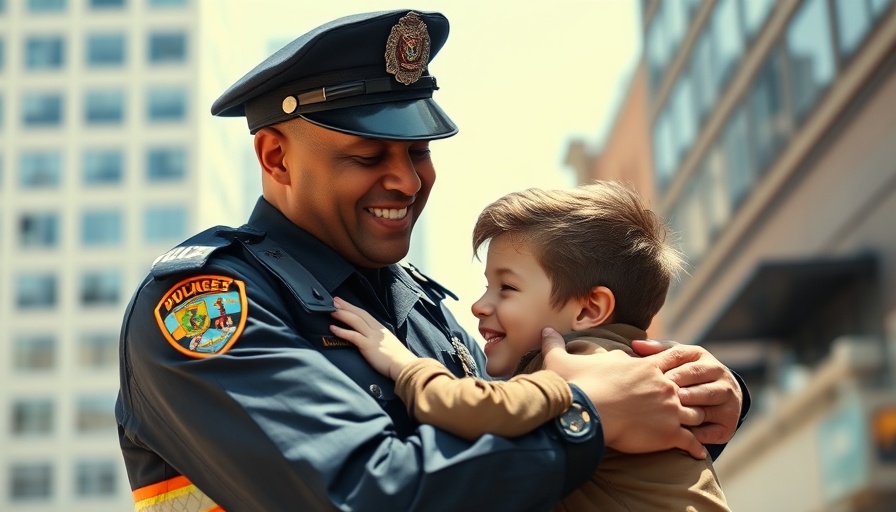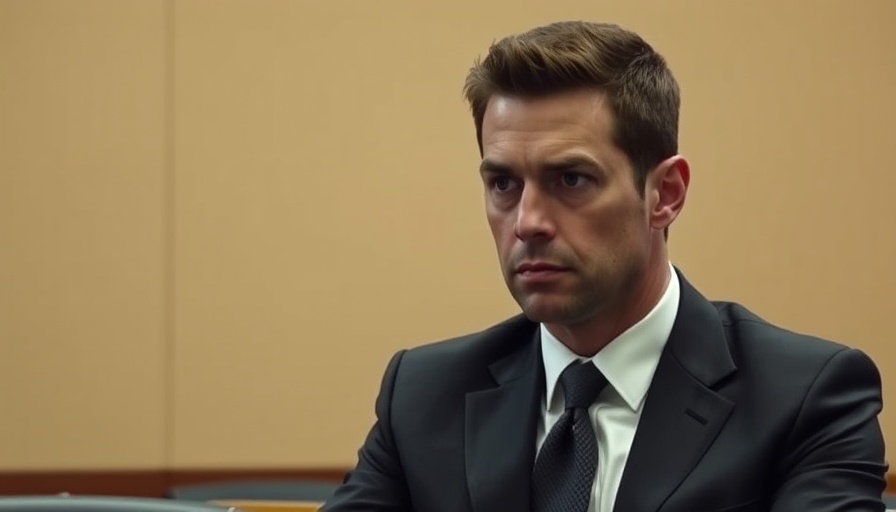
Building Bridges: A Heartwarming Gesture from the Temple University Police
In North Philadelphia, a touching narrative has unfolded, intertwining kindness, community connection, and the essence of public safety. This story centers on 7-year-old Ian Bangs, who has managed to capture the hearts of officers at Temple University’s Department of Public Safety through his daily affirmations and friendly gestures. Every weekday, Ian walks home from school with his mother, Lisa Russel, and during this daily routine, he makes it a point to wave and encourage the officers he encounters, passionately wishing them a great day.
Encouraging Respect and Understanding in Young Minds
Ian’s approach towards police officers stems from a nurturing environment where respect and gratitude for law enforcement are paramount values. His mother has instilled this belief, teaching him to recognize and appreciate the efforts of those who serve to protect the community. “Police are very nice — they’re kind and they help people out when they need something,” Ian expressed, embodying the innocence and wisdom of childhood.
However, his unwavering positivity came into sharp focus during an incident at school. When a friend made a negative remark about law enforcement, Ian did not align with this sentiment; instead, he defended the officers he admires, advocating for respect. This courageous stance serves as a powerful reminder of the influence children can have within their peer groups.
A Token of Appreciation: The “Bravery Bag”
The culmination of Ian’s kindness was celebrated on March 20, when Officer Chantelle McCrea presented him with a “bravery bag.” Filled with thoughtful items such as a toy police car, a Department of Public Safety lunch box, and a water bottle, this gesture was more than just a gift—it symbolized the appreciation of mutual respect between law enforcement and the community.
As Ian embraced Officer McCrea, the heartwarming moment resonated with values that underpin effective policing strategies—building trust and fostering connections. Officer McCrea and Sergeant Francisco Gonzalez were keen to show Ian that his acts of kindness did not go unnoticed. Their actions mapped a trail of community engagement that is crucial for modern policing, ensuring that young voices feel valued and empowered.
Strengthening Community Bonds Through Engagement
Several insights can be drawn from Ian's story, particularly in terms of community trust and engagement. Jennifer Griffin, chief of police and vice president for public safety, highlighted the importance of positive interactions between police and community members: “Community engagement is the foundation of a safer and stronger community for everyone.” This philosophy aligns perfectly with current trends in law enforcement aimed at enhancing officer wellness and transparency efforts, which are pivotal in crime prevention and building public safety trust.
Moreover, engaging young citizens like Ian is integral to reshaping public opinion of law enforcement. With initiatives that encourage open communication and foster positive relationships, police departments can take actionable steps to improve their practices and uphold community trust, which is often fragile.
The Role of Social Media in Community Policing
As this heartwarming tale of Ian Bangs circulated through social media platforms, it highlighted the role of technology in shaping public engagement strategies for law enforcement. By leveraging platforms like Facebook, the Temple Police Department effectively celebrated Ian’s courage and kindness, which, in turn, strengthened community ties. Social media has become a vital tool in promoting community outreach, showcasing success stories, and rectifying misconceptions about policing.
A Call for Positive Interaction
In conclusion, Ian's experience serves as a beacon of hope and a model for police departments striving to foster community trust amidst significant challenges and misconceptions surrounding law enforcement today. As conversations about police reform and community engagement continue, it is crucial for law enforcement agencies to promote inspirational stories as part of their narrative. By connecting with citizens on a personal level, like in Ian’s case, police departments can pave the way for future generations to admire and respect the role of officers in their communities.
It’s important now more than ever to be aware of how our interactions shape the perceptions of law enforcement. Initiatives like these can be replicated across various communities, reminding us that each act of kindness contributes to a culture of safety, understanding, and mutual respect. Join the conversation on how your local police department can enhance community bonds and build public safety trust!
 Add Row
Add Row  Add
Add 

 Add Element
Add Element 




Write A Comment